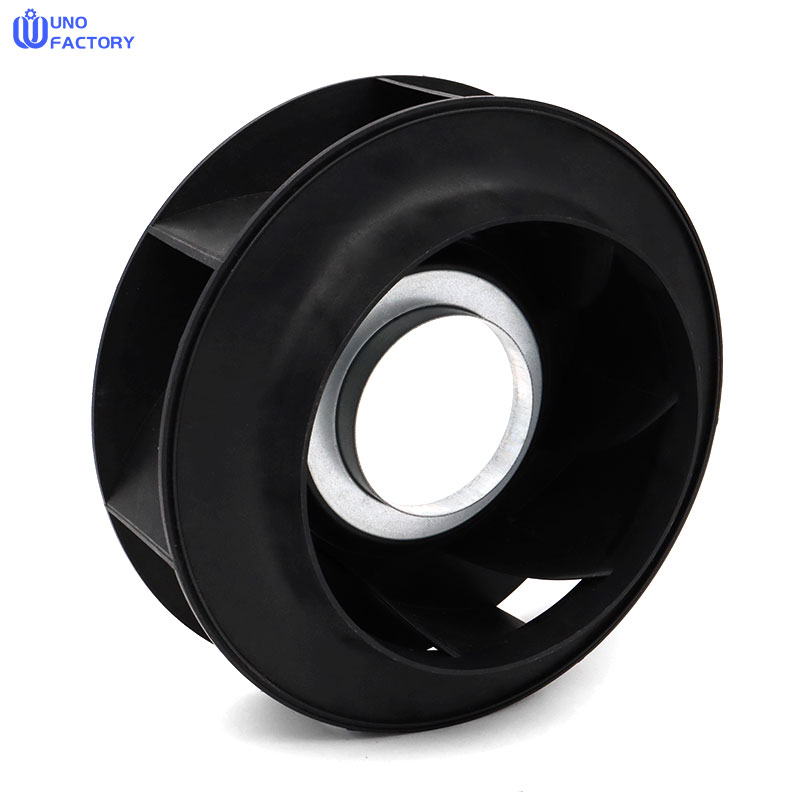Time to read: 6 min

Understanding Snap Fit Joints
Snap fit joints operate on the principle of a small protrusion that deflects during assembly to catch a feature in the mating component. This design allows for easy automation and can be tailored to create either permanent or temporary connections.
Types of Snap Fit Joints
- Cantilever Snap Joints: The most common type, featuring simple geometric shapes and a tapered hook for easy engagement with a matching recess.
- Torsion Snap Joints: Deflect beams by twisting a bar, providing a simple and robust separable connection with a rocker arm design.
- Annular Snap Joints: Used for elliptic or circular parts, featuring a ridge that locks into a groove in the mating component, accommodating multiaxial stresses.
Snap Fit Design Calculations
Design calculations for snap fits involve determining permissible deflection, strain, and other geometric factors to ensure the joint's effectiveness and durability. Various symbols and formulas are used to aid in these calculations.
Common Snap Fit Design Problems and Best Practices
- Stress Concentrations: Sharp corners can lead to stress concentration, making the joint susceptible to shearing off.
- Creep: Materials under stress may deform gradually over time, compromising the connection.
- Fatigue Loading Failure: Repeated stress can cause failure at levels lower than the material's tolerance.
- Tolerance Issues: Improper gap placement can lead to misalignment and fitting problems.
To address these issues, best practices include filleting the base of the cantilever, tapering the design, increasing clip width, adding lugs for better alignment, and considering the build direction for optimal strength.
Engineering Best Practices for Snap Fit Design
- Fillet the Base of the Cantilever: Add a fillet with a radius of at least 0.5x the cantilever base thickness to distribute stress.
- Taper the Design: Decrease the cantilever beam's cross-section to evenly distribute stress and reduce material use.
- Increase the Width of the Clip: Strengthen the joint by increasing the clip width to at least 5mm.
- Consider Adding Lugs: Improve alignment and shear force transfer with the addition of lugs.
- Consider the Build Direction: Avoid vertical snap fits as they are weaker; ensure deflection occurs only during assembly.




